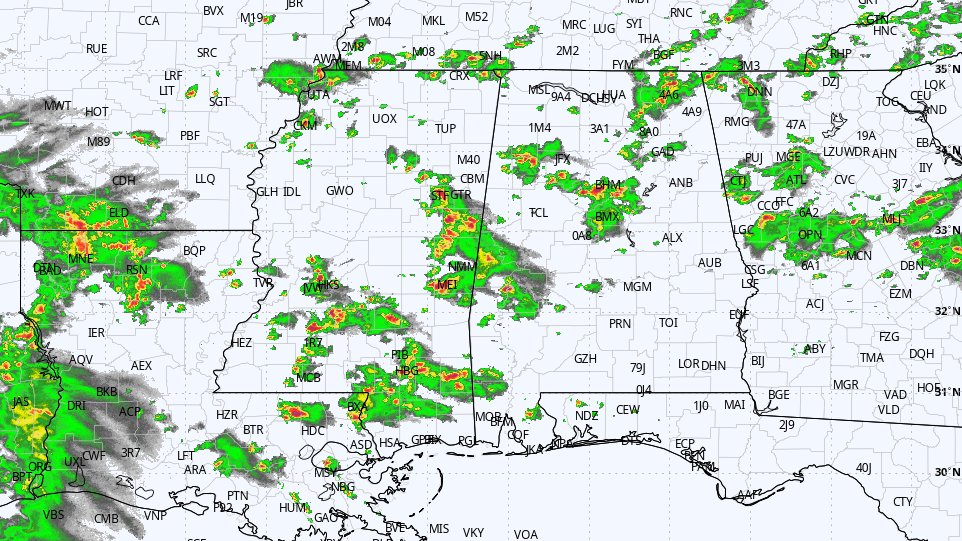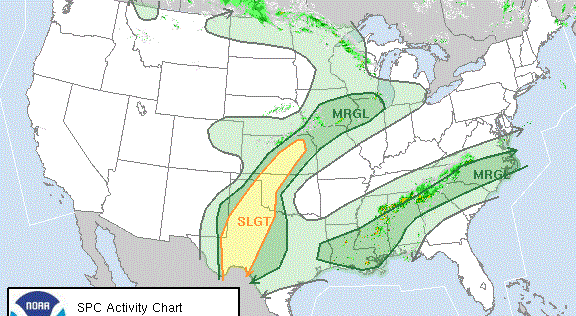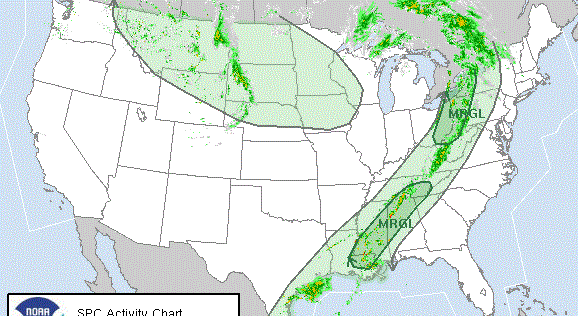James Spann: Storms thin out a bit Friday, Saturday; heat levels rise
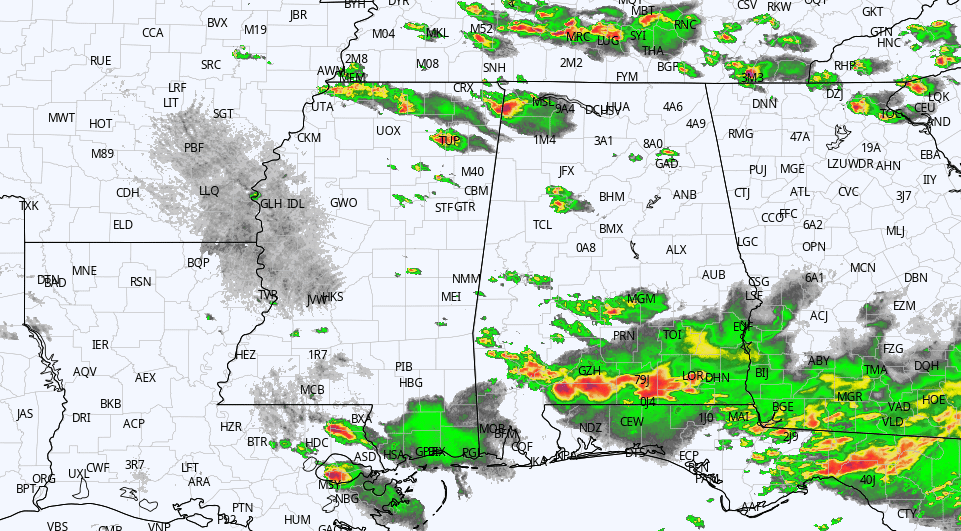
RADAR CHECK: An organized mass of rain and storms continues to push through south Alabama this afternoon; multiple severe thunderstorm warnings are in effect from Atmore to Dothan as of 3 p.m. Scattered thunderstorms are increasing over the northern two-thirds of the state as well.
Storms will fade after sunset, and most of the state will be dry overnight.
FRIDAY AND THE WEEKEND: Thunderstorms should be fewer across Alabama Friday and Saturday with increasing amounts of sun and higher heat levels. Where storms do form, they could be strong, and a decent part of the state is in a marginal or slight risk (levels 1 and 2 out of 5) both days. Otherwise, expect a partly sunny sky with a high between 88 and 92 degrees. On Sunday a disturbance will being an increase in the coverage of showers and storms. It won’t rain all day, but a few passing showers and thunderstorms are likely with a high in the 80s.
For now, the Storm Prediction Center has defined a severe weather risk Sunday for areas north and west of Birmingham; the main concern remains hail and strong winds.
NEXT WEEK: We will need to mention some risk of scattered showers and thunderstorms daily through the week, most active during the afternoons and evenings. Highs will be between 87 and 91 degrees most days.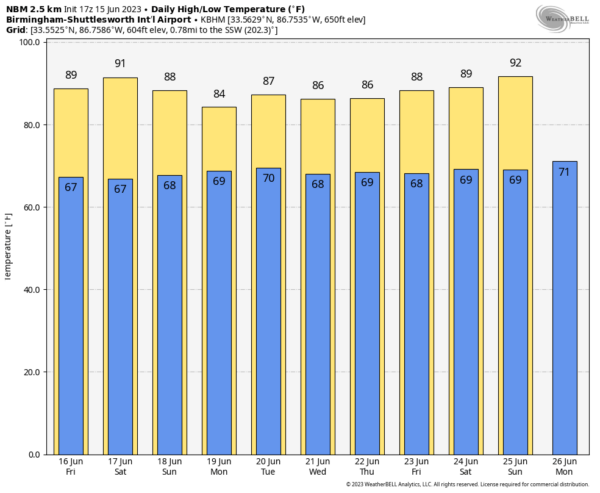 TROPICS: A tropical wave is forecast to move off the west coast of Africa tonight and early Friday. Environmental conditions are expected to be conducive for gradual development of this system while it moves generally westward to west-northwestward at 15 to 20 mph across the eastern and central tropical Atlantic during the early to middle part of next week. There are no systems close to the U.S.
TROPICS: A tropical wave is forecast to move off the west coast of Africa tonight and early Friday. Environmental conditions are expected to be conducive for gradual development of this system while it moves generally westward to west-northwestward at 15 to 20 mph across the eastern and central tropical Atlantic during the early to middle part of next week. There are no systems close to the U.S.
ON THIS DATE IN 1991: The second-largest volcanic eruption of the 20th century began as Mount Pinatubo injected 15 to 30 million tons of sulfur dioxide 100,000 feet into the atmosphere. As a result, 343 people were killed in the Philippines and 200,000 were left homeless. Material from the explosion would spread around the globe, leading to climate changes worldwide as the sun’s energy was blocked out and global temperatures cooled by as much as 1 degree Fahrenheit. The next year, 1992, was globally one of the coldest since the 1970s.
For more weather news and information from James Spann and his team, visit AlabamaWx.
